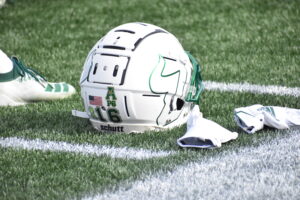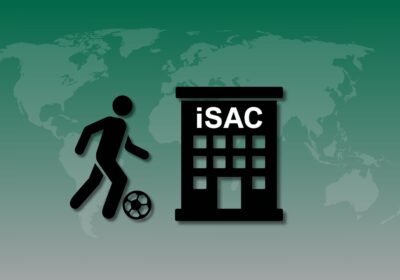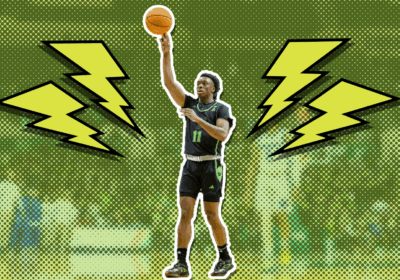OPINION: USF-Navy takeaways

ANNAPOLIS, Md. — Navy was bound to cause trouble for USF.
That was the general consensus going into Saturday’s game.
But a completely inefficient offense from USF wasn’t the expectation.
USF (3-4, 1-2) failed to show it was capable of keeping up with Navy after a 35-3 loss to the Midshipmen (5-1, 3-1) at Navy-Marine Corps Memorial Stadium.
Bulls run over by Midshipmen
Simply put, Navy ran over USF.
As expected, Navy relied heavily on the rushing game — 95 percent of its yards came on the ground. The Midshipmen gained a total of 457 yards. Senior quarterback Malcolm Perry led all rushers with 188 yards, which was over 40 percent of Navy’s total offense.
Perry ran for two touchdowns, including a 67-yard rush to open the scoring for the Midshipmen.
The Midshipmen were effective when they had the ball by converting nine of their 12 third-down attempts, gaining 95 yards in the process.
The difference between USF and Navy’s time of possession was just under two minutes. What separated the Midshipmen from the Bulls boiled down to Navy’s efficiency with the ball.
Navy’s defense was devastating
Over half of USF’s offense was rushing, which was done to minimize the threat of Navy’s blitz defense and protect its vulnerable quarterback.
But the Bulls’ overall offense was stifled by Navy. It took USF until the second quarter to cross into Midshipmen territory for the first time. Redshirt freshman Jordan McCloud rushed for 20 yards to make it to Navy’s 43.
The drive subsequently went nowhere, as the Bulls punted four plays later.
Following USF’s field goal in the second quarter, the next two drives resulted in an interception and a turnover on downs.
Defense finds weak link but too late for it to count
Defensively, the Bulls started off poor by allowing three consecutive scoring drives in the first half. But in the following five Navy drives, USF forced two interceptions, a fumble and a punt.
It seemed like USF started to catch on to Navy’s offense as the Bulls kept Navy from scoring in the third quarter.
But the defense faltered in the fourth quarter and gave up two touchdowns, putting the nail into the coffin of a game that was already lost.
McCloud was at risk
It’s no secret McCloud wasn’t 100 percent prior to the game. He hasn’t been since Sept. 28 against SMU. With senior quarterback Blake Barnett out with what is now confirmed as a season-ending ankle injury, the pressure has been on McCloud to deliver.
And he’s been banged up along the way ever since.
McCloud was deemed fit to play, although statistics show he wasn’t.
He played more than three quarters before he was replaced by walk-on sophomore Kirk Rygol, who has been a part of 11 snaps this season, in the fourth quarter.
McCloud completed just over 47 percent of his passes, his worst completion percentage since SMU (42.1 percent). In 10 rushing attempts, McCloud ran for 26 yards, his worst rushing game since SMU.
It’s clear McCloud was hurting, and the threat of Navy’s blitz defense — which sacked him four times for a loss of 15 yards — didn’t help.
By keeping McCloud in the game for so long, the Bulls ran the risk of further jeopardizing the health of their only “fit” scholarship quarterback.







